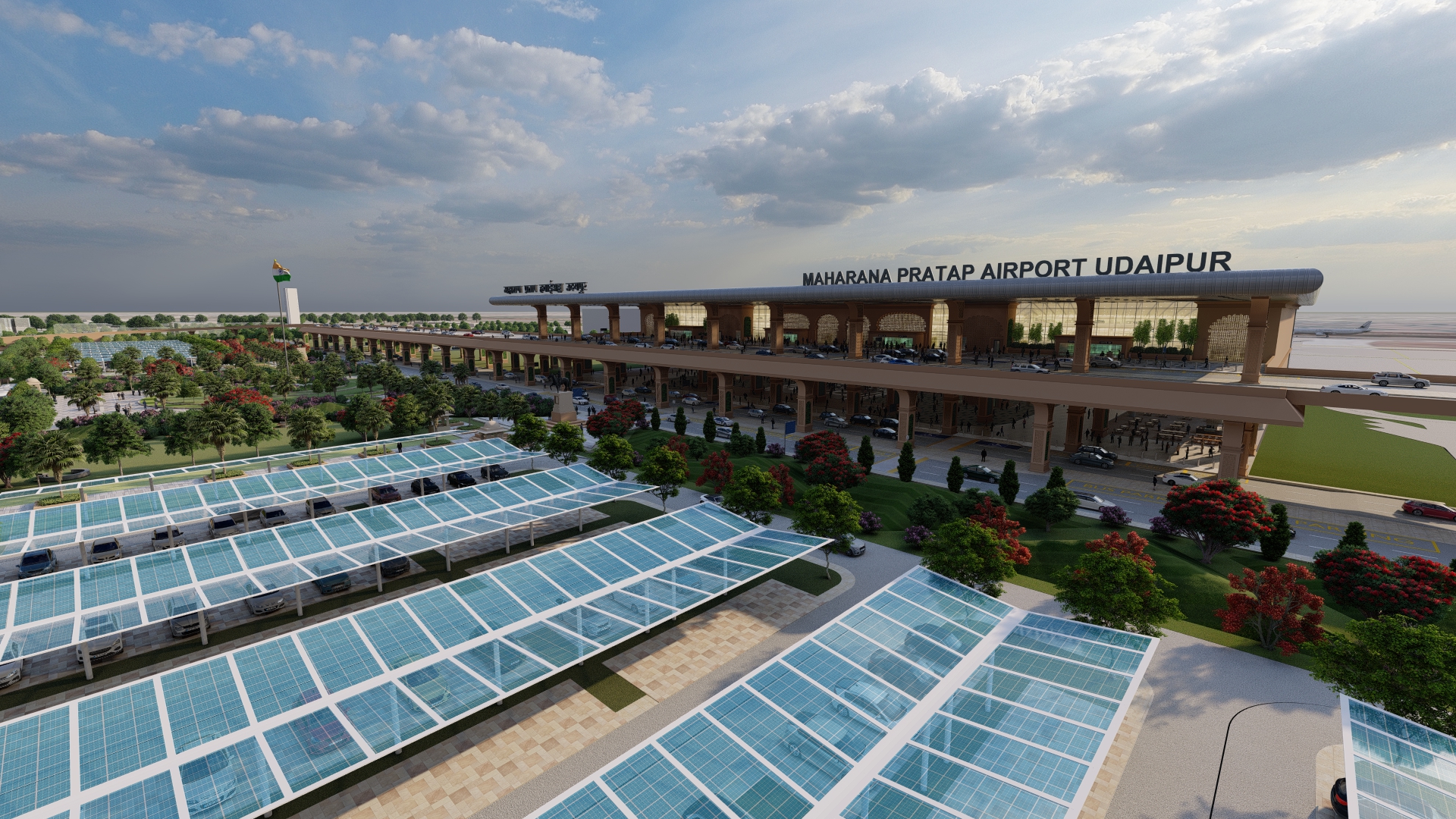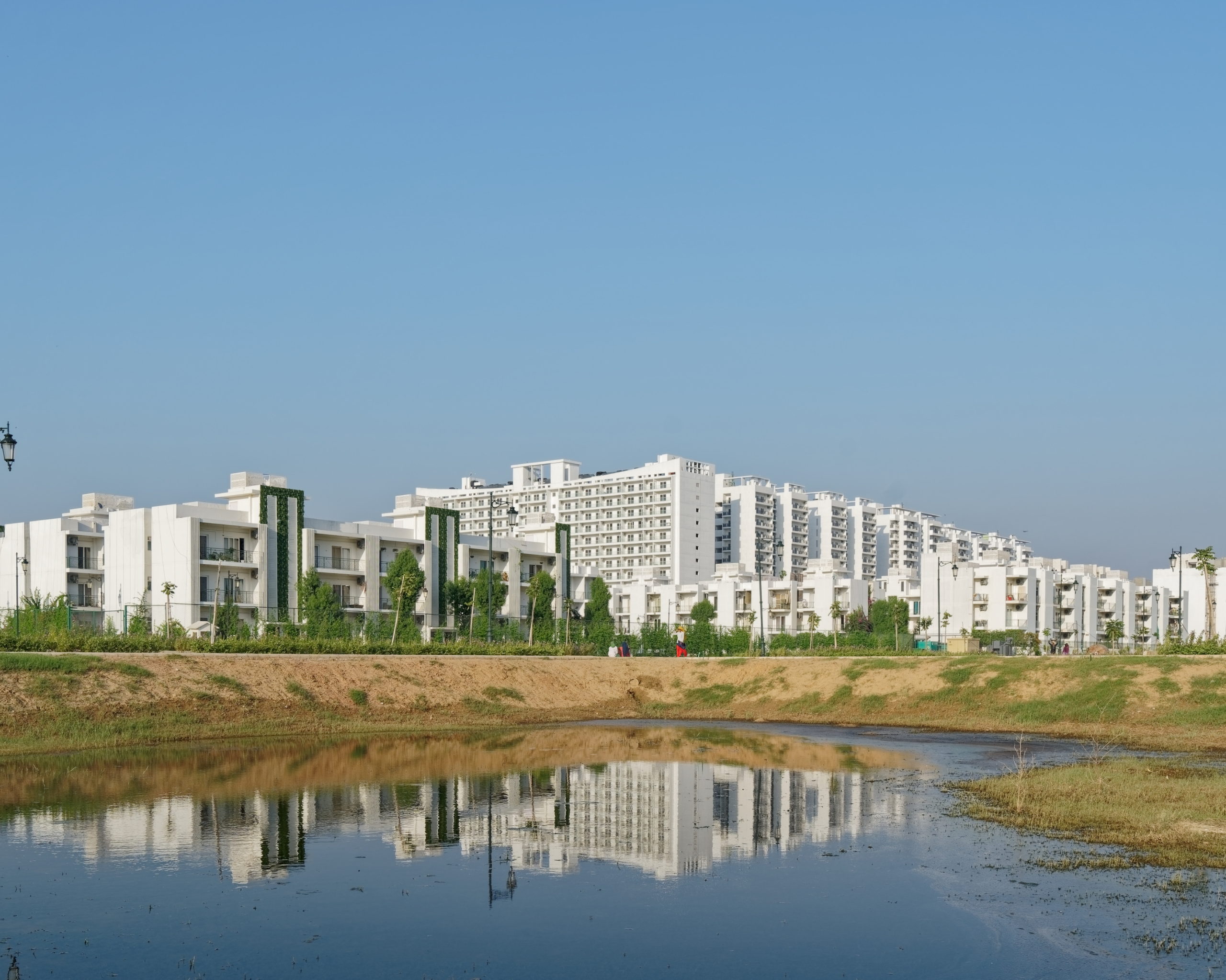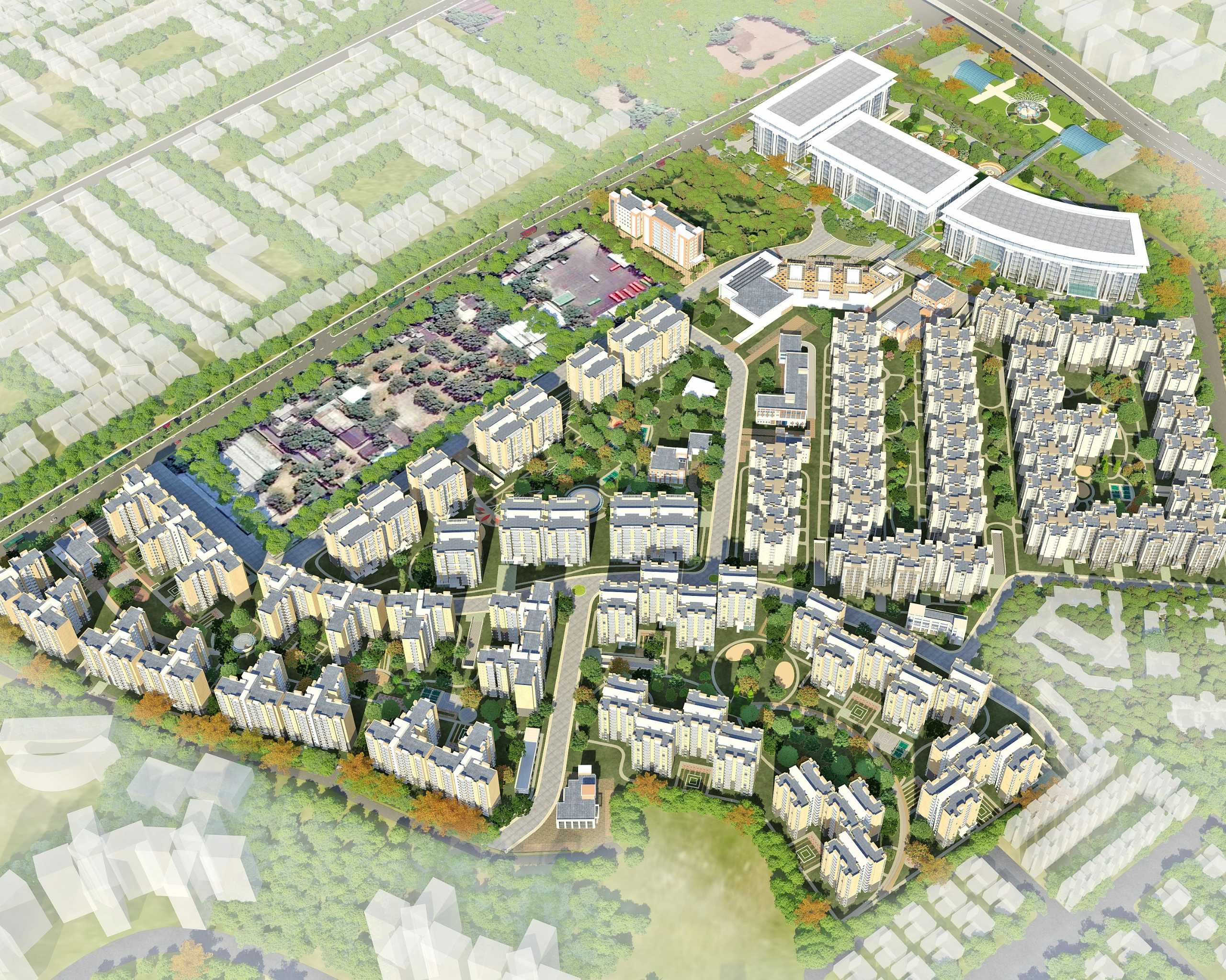Charting India Towards Sustainable Infrastructure Development

As one of the world’s fastest-growing economies, India is pivotal in its developmental trajectory. Rapid urbanisation, industrialisation, and population growth have skyrocketed demand for infrastructure. However, this boom in the infrastructure development comes with challenges, primarily due to the growing emphasis on sustainability within the AEC industry. Recognising the need for a paradigm shift, India aims to balance economic growth with environmental preservation.
Let’s explore India’s evolving approach towards sustainable infrastructure, highlighting key initiatives, challenges, and prospects.
Integration of Renewable Energy
One of the cornerstone initiatives in India’s sustainable infrastructure journey is integrating renewable energy sources. The emphasis on solar and wind power has reduced the country’s reliance on fossil fuels and positioned India as a global leader in renewable energy adoption. Through initiatives like the National Solar Mission and the Green Energy Corridors, India is not only mitigating carbon emissions but also fostering innovation and job creation in the renewable energy sector.
Green Building Practices
Another critical aspect of India’s sustainable infrastructure drive is the promotion of green building practices. Recognising the environmental impact of conventional construction methods, the government has incentivised the adoption of green building standards such as LEED (Leadership in Energy and Environmental Design) and GRIHA (Green Rating for Integrated Habitat Assessment).
These standards prioritise energy efficiency, water conservation, and waste management, leading to the development of environmentally friendly structures nationwide. By promoting green building practices, India is reducing its carbon footprint and creating healthier and more livable spaces for its citizens.
Sustainable Transportation Solutions
India is investing heavily in sustainable transportation solutions to address the challenges of urban congestion and air pollution. Promoting electric vehicles (EVs), expanding public transportation networks, and implementing bike-sharing programs are some strategies to mitigate transportation’s environmental impact.
Developing smart cities and urban planning initiatives also prioritise walkability, cycling infrastructure, and efficient public transit systems, further contributing to sustainable urban mobility. By embracing sustainable transportation solutions, India aims to improve air quality, and enhance its citizens’ overall quality of life.
India’s journey towards sustainable infrastructure represents a transformative shift in its approach to development. India is laying the groundwork for a more resilient and equitable future by prioritising environmental sustainability alongside economic growth. As the country continues on this path, it reaffirms its commitment to building a greener and more sustainable world for future generations.




